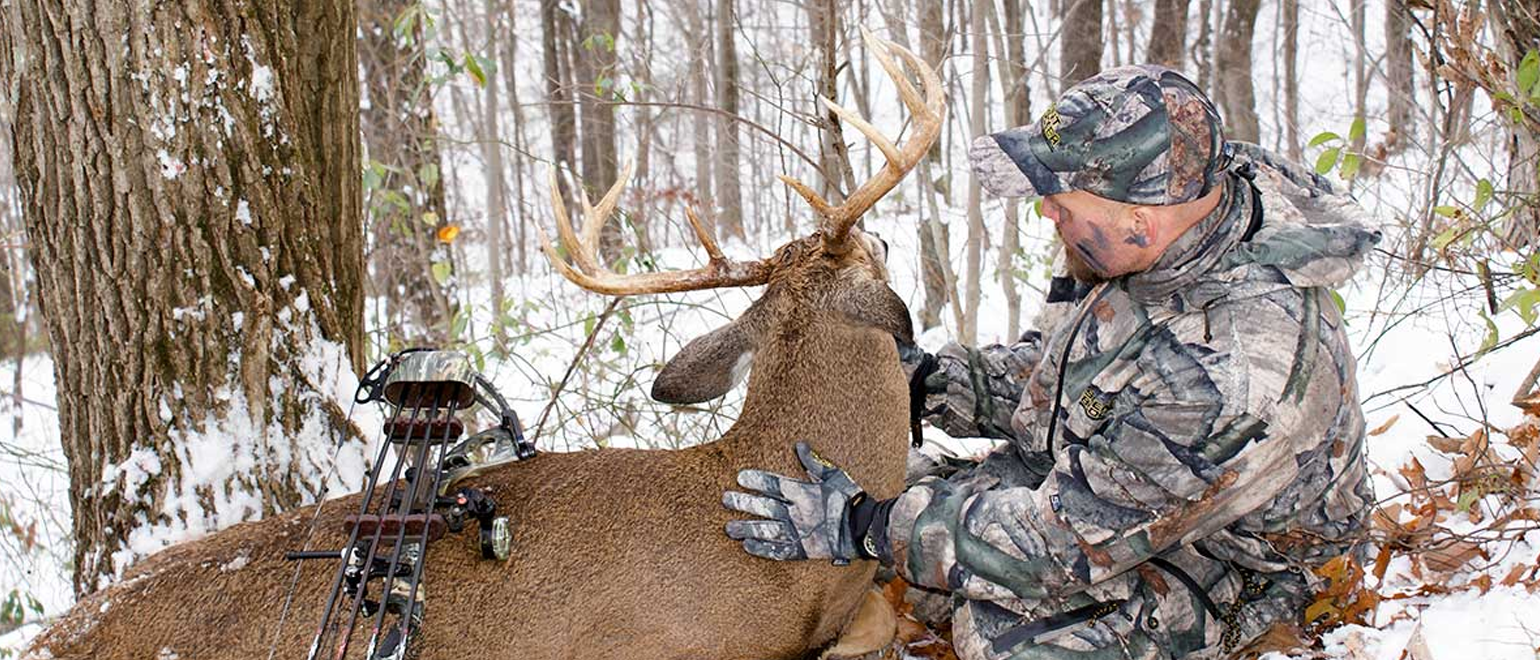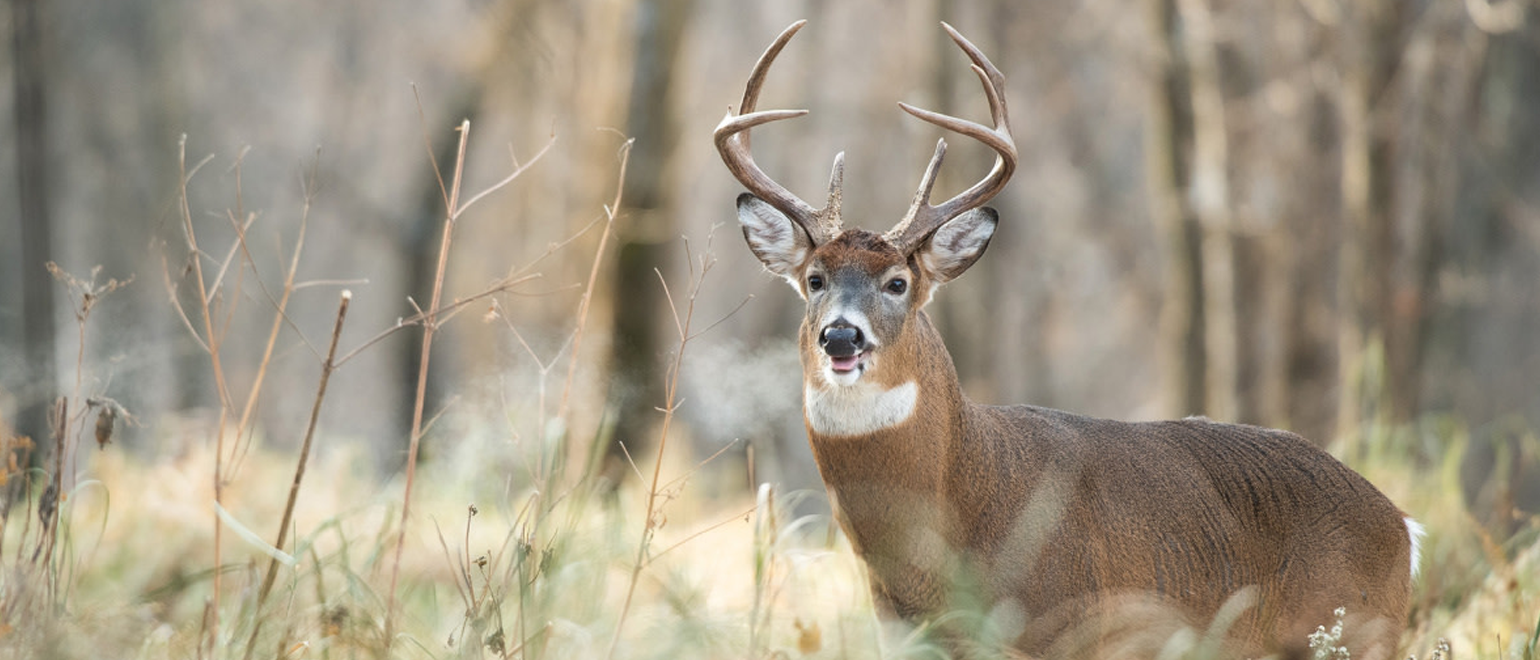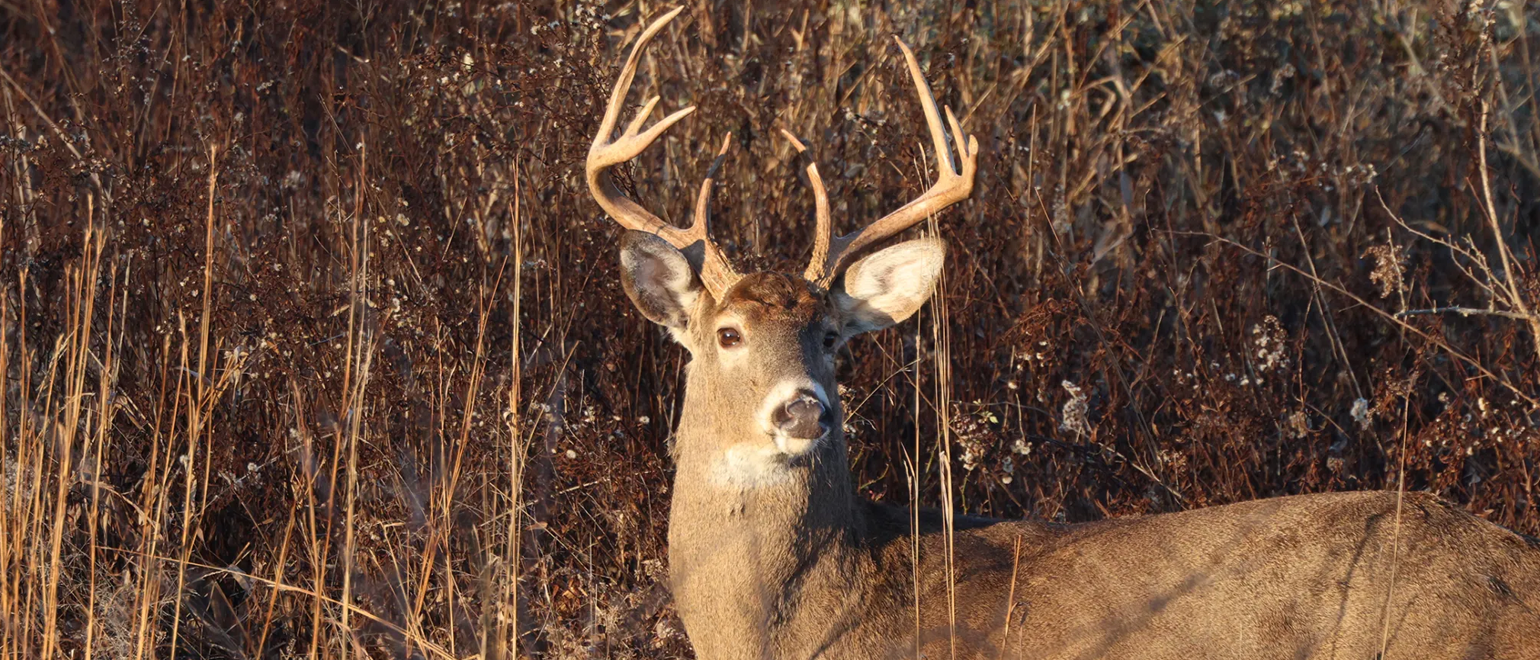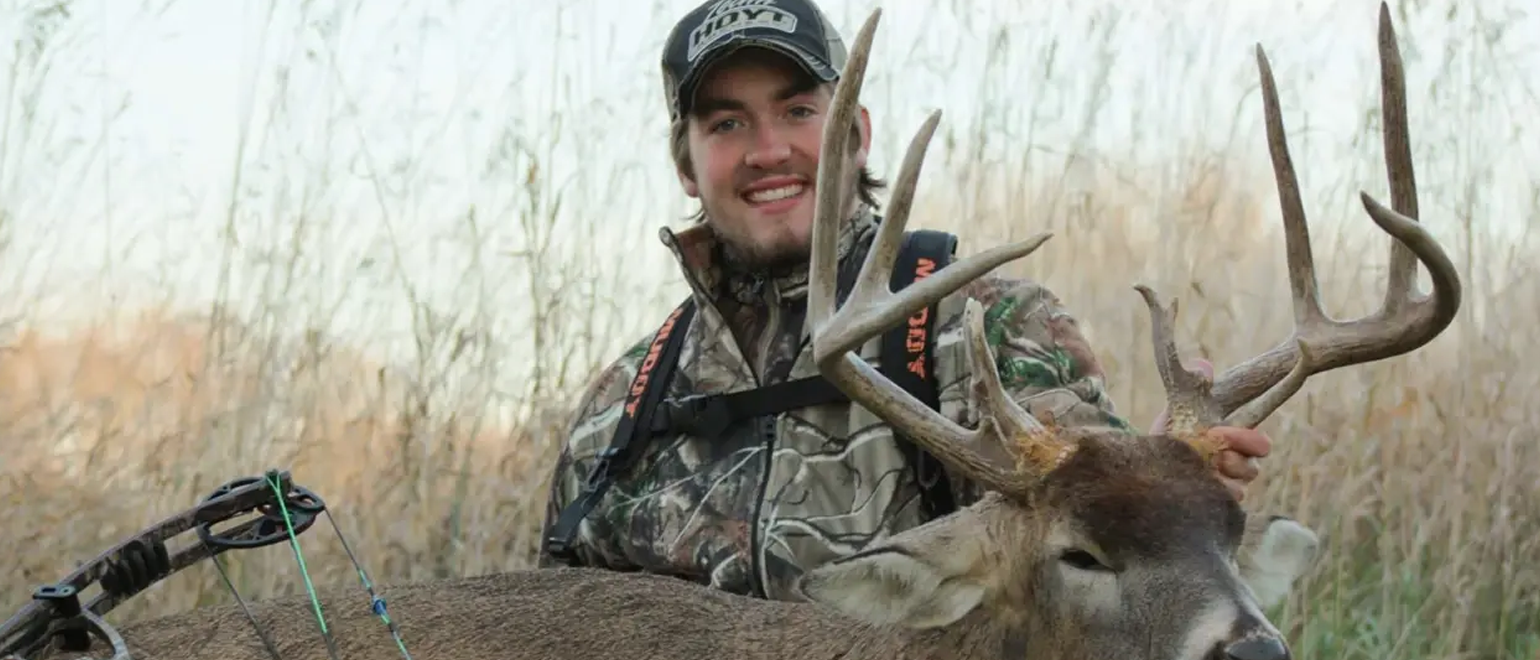
Best Late Season Deer Hunting Tips

Late season success hinges on discipline, weather awareness, and food. Here’s how to capitalize:
Target the Right Food Sources
In the late season, food is everything. Whitetails are driven by calories as they recover from the rut and prepare for winter’s harshest weeks. Look for late-season food sources such as:
- Standing corn or soybeans
- Winter wheat
- Brassicas like turnips and radishes
- Acorns or natural browse if agriculture is limited
Even if you don’t have a food plot, focus on trails leading to neighboring food sources. Deer will be on the move during cold snaps, and travel routes between bedding and feeding become very predictable.
Hunt Cold Fronts
Late season bucks are often most active just ahead of or following a cold front. These temperature drops increase daytime movement as deer seek warmth and food. Monitor weather patterns and plan your hunts accordingly.
Skip Morning Hunts
Mature bucks are cautious this time of year, and the risk of bumping deer from their bedding areas during a morning entrance is high. Most seasoned hunters recommend hunting only in the afternoons:
- Deer feed more predictably before dusk
- Warmer temperatures improve comfort and deer movement
- Less chance of alerting deer to your presence
Arrive early, stay quiet, and be patient.
Use Low-Impact Setups
Deer are on high alert in late season due to months of hunting pressure. Choose stands or blinds that:
- Offer stealthy access and exit
- Minimize noise and scent
- Face prevailing wind directions
Consider using elevated blinds or natural ground cover. Visibility is increased in winter, so concealment is more critical than ever.
Stay Mobile and Scout Smart

If deer aren’t moving through your area, relocate. Scout from a distance with optics to avoid pressure. Once you identify a consistent pattern, set up quickly and quietly. Adaptability is your greatest weapon in the late season.
Consider the Second Rut
In some regions, a second rut occurs in late December or January when young does enter estrus for the first time. Keep an eye out for signs like fresh scrapes or buck movement near groups of does. Light calling or rattling may still be effective if timed right.
Why LandLeader Is the Go-To Platform for Hunting Properties
